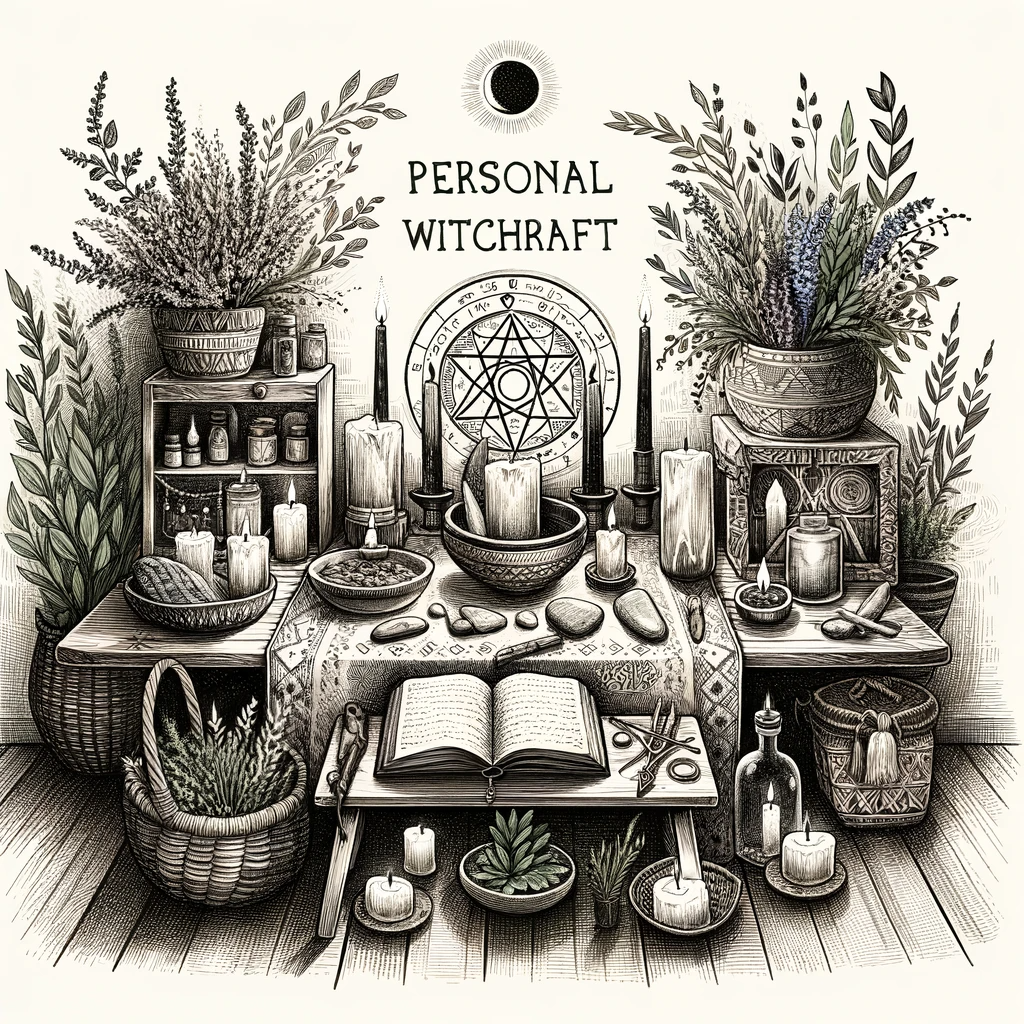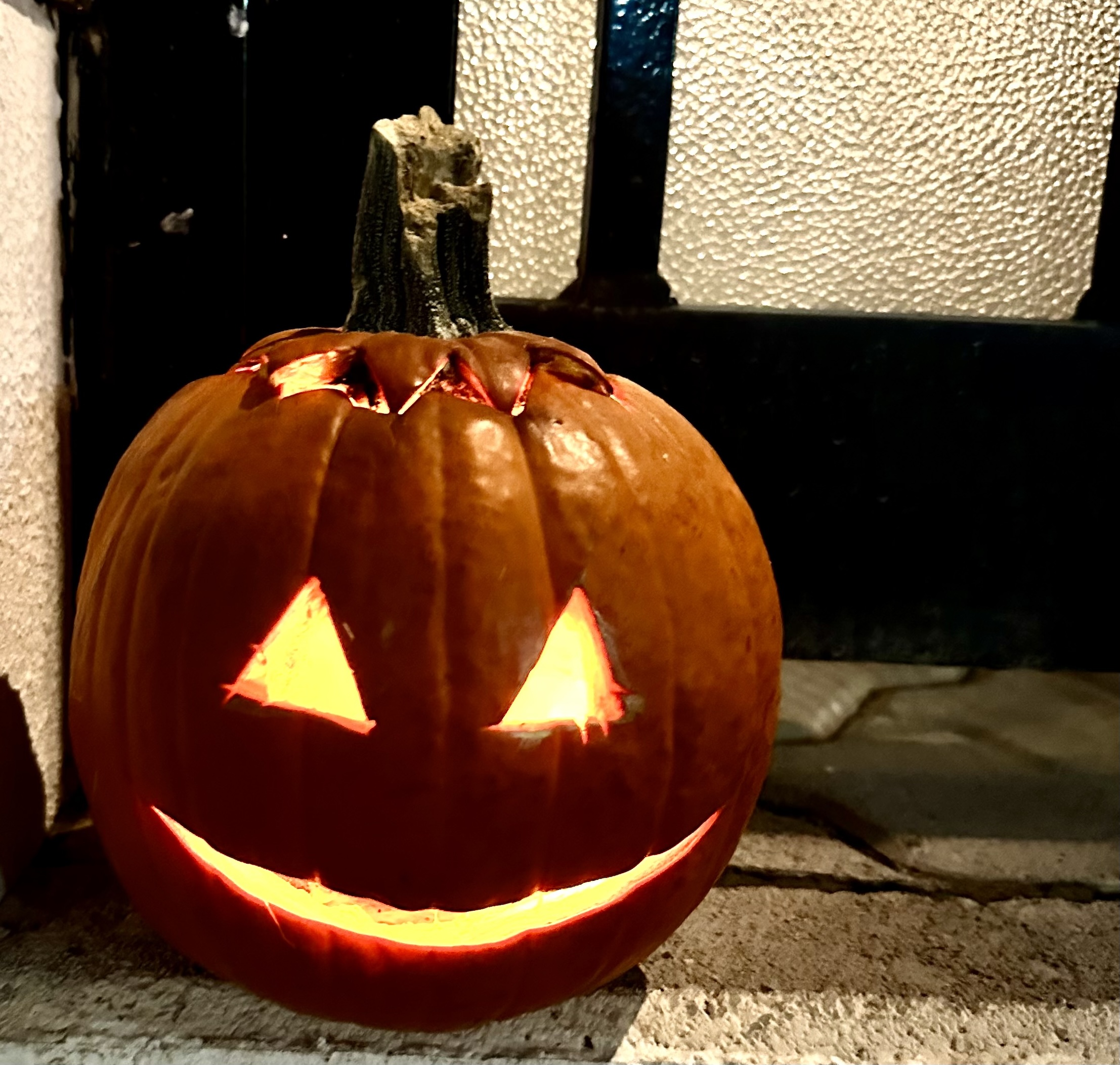Crystal balls have captivated the human imagination for centuries, serving as a window to the unknown and a tool for guidance. Historically, these mystical orbs have been used by shamans, psychics, and seers to foretell the future and offer insights that are beyond the reach of ordinary senses.
Today, crystal balls remain a popular element in spiritual and divination practices. This article delves into the legitimacy of crystal balls, exploring their historical background, scientific explanations, types, and their roles in contemporary spiritual practices.
The Origins and History of Crystal Balls
Early Beginnings and Cultural Significance
The use of crystal balls can be traced back to ancient times, when they were not just tools for clairvoyance but also revered as powerful spiritual artifacts. In ancient Egypt, practitioners believed crystals, including those shaped into spheres, connected them with the divine. The Druids, Celtic priests of ancient Britain, were also noted users, employing them in rituals and divination.
These early uses underscore the profound spiritual significance attributed to crystal spheres, which was rooted in the belief that they could access hidden knowledge and divine energies.
Medieval Mysticism and the Victorian Revival
During the Middle Ages in Europe, crystal balls became central to the mystical practices of the time. They were often seen in the hands of wizards and wise women, depicted in paintings and tales as conduits of powerful magick.
By the Victorian era, the use of crystal balls had spread beyond the secretive circles of mystics to become fashionable parlors entertainments for the upper classes. This period saw a surge in the popularity of spiritualism and the occult, with crystal balls at the center of séances and psychic readings.
The Science and Skepticism Behind Crystal Balls
Psychological Phenomena and Scientific Viewpoints
Skepticism about crystal balls often revolves around the scientific understanding of human perception. The phenomena of pareidolia and apophenia explain how individuals can see meaningful images or patterns in random or vague stimuli—as one might find in the cloudy depths of a crystal ball. Psychologists suggest that scrying, or crystal gazing, leverages these tendencies to derive meanings that are more reflective of the gazer’s mind than of any external truth.
The Placebo Effect
In addition to psychological explanations, the placebo effect plays a crucial role in the experiences reported by users of crystal balls. This effect illustrates how simply believing in the power of a crystal ball can cause individuals to perceive a change in their mental or emotional state, thereby validating their beliefs about the tool’s efficacy. These experiences, while genuinely felt, are not evidence of an objective magickal property within the crystal ball but of the power of belief itself.
Types of Crystal Balls and Their Uses
Varieties and Their Purported Properties
Crystal balls come in various types, each purported to have specific metaphysical properties. Clear quartz crystal balls are the most popular, prized for their clarity and supposed ability to clear mental and spiritual pathways. Amethyst spheres are sought after for their supposed powers to enhance psychic abilities and spiritual awareness. Black obsidian balls are believed to offer protection against negative energy and to aid in grounding.
Choosing the Right Crystal Ball
The choice of crystal ball is often personal, reflecting the specific needs and intentions of the user. Factors in choosing a crystal include not only the type but also the size, clarity, and origin of the crystal. Practitioners might select a smoky quartz for its reputed grounding properties or a rose quartz for its association with heart-centered energy, depending on their focus during divination or meditation practices.
The Art of Crystal Ball Reading (Scrying)
Understanding Scrying
Scrying, or crystal gazing, is the practice of looking into a reflective surface, such as a crystal ball, to gain mystical insight. The process involves a quiet, dimly lit environment where the scryer gazes deeply into the crystal, allowing their focus to soften and broaden. This state of relaxation and concentration is conducive to opening the mind to receive visions or messages from the subconscious or the divine.
Techniques and Interpretations
The actual practice of scrying may vary among practitioners, but it generally includes several consistent elements: setting the right atmosphere (often with candles or soft lighting), achieving a meditative state, and interpreting the symbols or scenes that appear within the crystal. Interpretation requires a strong intuition and a knowledgeable background in symbolic meanings, as the images seen are often cryptic and highly personal.
Crystal Balls in Contemporary Spiritual Practices
Integration in Modern Magick Practices
In contemporary spiritual circles, crystal balls are not only tools for divination but also serve as powerful symbols in magick rituals. They are used to channel energy, form a focal point for meditation, and act as a gateway to higher consciousness. Practices within Wicca, Paganism, and New Age groups often incorporate crystal balls for their purported ability to enhance communication with spiritual guides and to visualize future events or outcomes.
Crystal Balls in Meditation and Mindfulness
Beyond their mystical applications, crystal balls are employed in practices aimed at enhancing mental and emotional wellbeing. They are commonly used in meditation sessions to aid focus and in mindfulness practices to center thoughts and calm the mind. The reflective surface of the ball provides a point for visual and mental concentration, helping practitioners to clear their thoughts and achieve deeper states of relaxation.
Aesthetic and Energetic Uses in Homes
Crystal balls are also popular as home decor elements due to their beauty and the serene ambiance they create. Many believe that placing crystal balls in different rooms can help in balancing energy and promoting a peaceful environment. They are often positioned in living spaces to cleanse the area of negative energy and to attract positive influences, based on principles similar to those found in Feng Shui.
The exploration of crystal balls reveals a complex picture where ancient traditions meet modern spirituality. From their historical roots as tools of the divine to their contemporary uses in personal and spiritual development, crystal balls continue to be a subject of fascination and utility.
While scientific skepticism challenges their predictive powers, the psychological and placebo effects associated with crystal ball gazing highlight a profound impact on the human mind and emotions. Whether seen as windows to the subconscious or merely ornamental glass spheres, crystal balls offer a unique blend of history, science, and spiritual practice, inviting both believers and skeptics to view them through a multifaceted lens.















